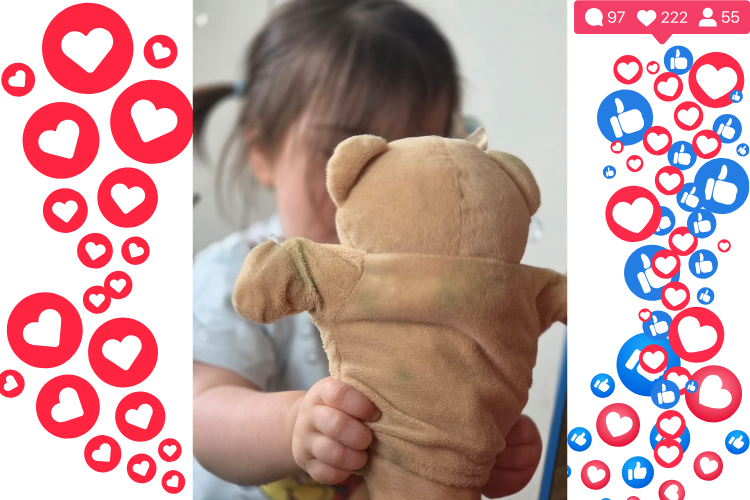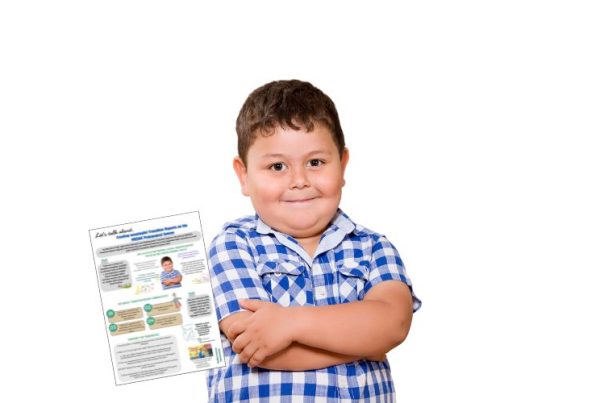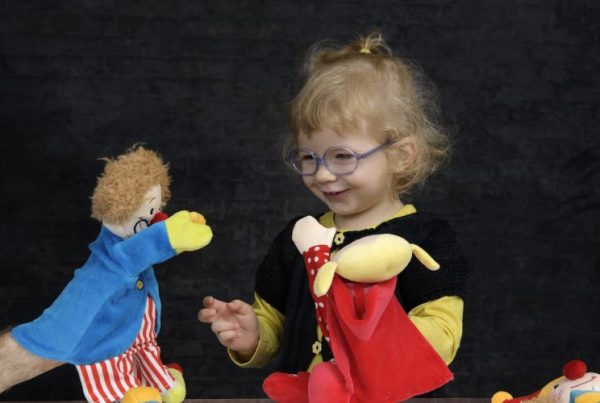The Hidden Risks of Childcare Providers Sharing Children’s Images on Social Media
In today’s digital world, images and videos travel fast. Many childcare providers and early childhood settings use social media to showcase their work and to promote their service. While this may seem harmless—or even cute—sharing children’s images online carries risks that must be taken seriously.
While social media may offer quick visibility, the risks outweigh the benefits when it comes to children’s safety. Childcare providers have a responsibility to safeguard not just children’s physical safety, but also their digital well-being and privacy.
Risk, Rhetoric and the Real World
Early childhood services have an array of value statements, safety statements and policy documents in place. These form part of regulatory compliance and inspection processes.
In particular, the service Child Safeguarding Statement is developed in line with ‘Risk of Harm’ as identified in the Children First Act 2015; Children First: National Guidance for the Protection and Welfare of Children (2017), and Tusla’s Child Safeguarding: A Guide for Policy, Procedure and Practice. This includes the 2019 Addendum under section 6 of the Children First Act 2015 which includes specific reference to the need to consider online safety in the context of completing the child safeguarding statement including carrying out a risk assessment.
Yet, every time a recognisable image or video of a child is posted on a public page – a risk of harm has been created, rather than mitigated.
The Anti-social side of Social Media
As many children joined creches and preschool for the first time in the past few weeks, a deluge of photographs and videos have been constant on the social media pages of some early childhood settings. So, let’s consider the anti-social side of social media use for children.
The Price of Likes
1. Loss of Control
Once an image is shared online, control is lost. Photos can be copied, misused, or even fall into the wrong hands. For young children, this can pose safety risks that childcare providers and parents may not anticipate.
2. Safety Concerns
Geotagged posts, recognizable uniforms, or background details reveal information such as location, school name, or daily routines. In the wrong hands or for children involved in family or custody conflicts, this can compromise a child’s safety
3. Innocence at Risk – modified images
Child images are among the most valuable currency online. Images can be modified using AI to create child abuse images for the Dark Web. AI also poses a whole new range of harms including the risk of sexual extortion if the pictures were used to threaten or blackmail a child in the future. AI imagery of children can now be so realistic, it is indistinguishable from real imagery.
4. Identity Theft
A picture posted of a child with their birthday cake in the early childhood setting looks cute. However, the picture reveals a name, date of birth and location. Then, in just a few clicks, a digital perpetrator may discover the parents’ personal information. Combine all that with data breaches and social security numbers readily available on the Dark web, and you have a quick and easy recipe for identity theft – with hackers possibly obtaining credit in the child´s name.
5. Digital Trace
Posting photos of children builds a digital record without their consent. These early digital footprints can follow them for years, shaping how others see them before they have a say or are old enough to make choices about their own privacy.
6. Consent Issues
While many childcare providers obtain parental consent forms, the reality is that consent is often broad, vague, and does not involve the child. Parents may not fully understand how images may be shared, or they may feel uncomfortable saying ‘no’ when their child is the only one excluded from group photos or posts. Even with parental consent, best practice leans toward ethical sharing.
Turning Awareness into Action
Increased awareness and small changes to social media sharing will lead to more ethical practice. Modern, child-centred platforms like MOSAIC (www.mosaicearlyed.com) document children’s progression in learning and communicate updates and images safely to parents and is accessible for all early childhood services.
Platform/App choice
- Choose software tools carefully and ask questions – use a secure, private platform where only authorised family members can view images and information.
- Before committing to a platform, ask about security features, permanent deletion timeframes, shareability and ethical documentation training.
Ethical Practice
- Anonymized content:Images that early childhood services wish to post on public social media should be taking ethically. For example – no children’s faces – images taken from above, behind or with faces obscured.
- Document activities through photos of artwork, constructions, or children’s hands at work—without showing faces or identifying features.
- Minimise ‘cute’ photos where the child is doing something deemed funny by an adult.
- For website and blogs use licenced images.
Upholding Children’s Right to Privacy
Most importantly, children have the right to privacy. International frameworks such as the United Nations Convention on the Rights of the Child (UNCRC) recognize the child’s right to protection from interference with their privacy. This includes their image. Just because a child is too young to object doesn’t mean their voice should be ignored.
Social media may be tempting, but the risks outweigh the benefits. Early childhood services have the potential to lead the way by openly embracing safer, child-centred communication practices. This supports not only child safeguarding but also strengthens professional integrity and models a culture of meaningful consent and respect for privacy.
MOSAIC is delighted to lead the way in not only speaking out about this issue but actively doing something about it by providing safe, alternative solutions designed with children at the centre.
Additional information: MOSAIC Educator www.mosaicearlyed.com is an inclusive, secure, child documentation system designed for use in early childhood services. The design of MOSAIC puts child safeguarding and child voice at its core. This includes password protected classrooms, parent authentication and secure storage compliance. In addition, the unique design of MOSAIC using an individual storybook for each child, means photos, videos and information is only accessible to the registered parent/family members outside the early childhood service. Parents can download all information to a personal device before information is deleted from a secure server at regular intervals.
About the Author:
Avril McMonagle is Founder and CEO of MOSAIC Digital Solutions for Early Education which provides a range of child centred digital products, training and quality compliance supports for early childhood services and stakeholders. She s a published author (A Suitcase Full of Stories – Pedagogical Documentation for Early Education 2024, Amazon. For more see www.mosaicearlyed.com; email [email protected] and follow us on social media @mosaicearlyed




